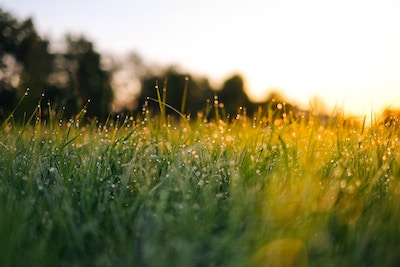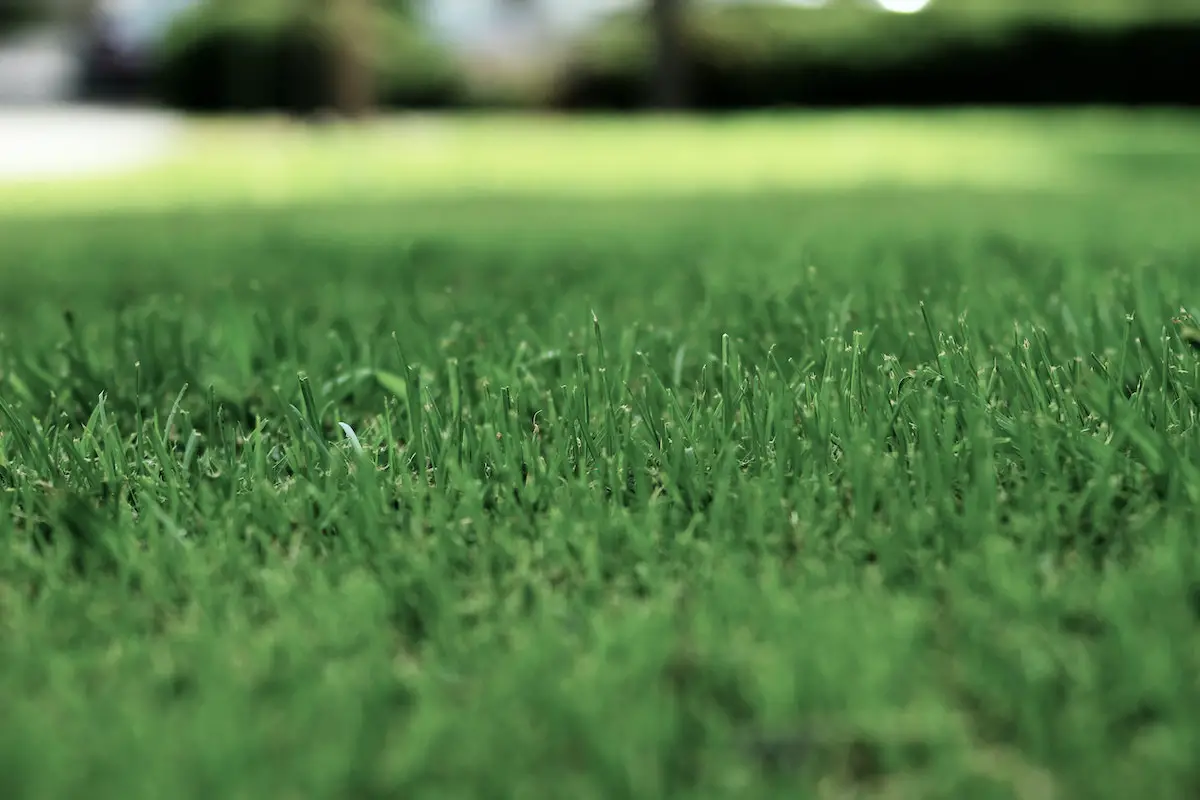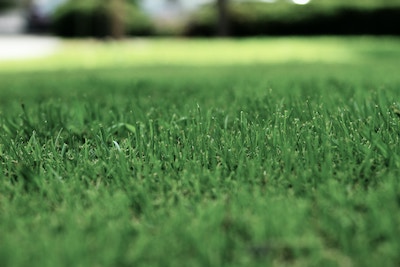Having a beautiful and well-maintained lawn can significantly enhance the overall appeal of your property. One crucial aspect of achieving a lush and vibrant lawn is applying fertilizer correctly. Lawn fertilizer provides essential nutrients to the soil, promoting healthy growth and preventing common lawn problems. In this comprehensive guide, we will walk you through the step-by-step process of applying lawn fertilizer effectively. From choosing the right fertilizer to proper application techniques, we have got you covered. Get ready to transform your lawn into a stunning outdoor oasis!
How to Apply Lawn Fertilizer for a Beautiful Lawn
Achieving a beautiful lawn starts with proper lawn fertilizer application. Follow these simple steps to ensure your lawn receives the nutrients it needs for healthy growth:
- Understand Your Lawn’s Nutrient Requirements. Before applying any fertilizer, it’s essential to understand your lawn’s specific nutrient requirements. Conduct a soil test to determine the soil’s pH level and nutrient deficiencies. This information will help you choose the right fertilizer formulation and application rate.
Pro Tip: A soil test can be easily done by collecting a soil sample from your lawn and sending it to a local agricultural extension service or using a home soil testing kit.
- Choose the Right Fertilizer. It’s crucial to select the right fertilizer for your lawn. Consider the nutrient composition, release rate, and formulation when making your choice. Common fertilizer formulations include organic, synthetic, and slow-release options. The three primary nutrients in fertilizers are nitrogen (N), phosphorus (P), and potassium (K). The ratio of these nutrients will vary depending on your lawn’s needs.
Did you know? Organic fertilizers, such as compost or manure, provide nutrients gradually and improve soil health over time. Synthetic fertilizers, on the other hand, deliver nutrients quickly and are often more concentrated.
- Determine the Application Rate. Once you have selected the appropriate fertilizer, you need to determine the application rate. This rate is usually indicated on the fertilizer packaging and is based on the size of your lawn. Follow the instructions carefully to avoid over or under-fertilizing your lawn.
- Prepare Your Lawn for Fertilization. Before applying the fertilizer, it’s crucial to prepare your lawn properly. Begin by removing any debris, such as fallen leaves or twigs. Mow your lawn at the recommended height for your grass type, ensuring it is not too short. Aeration can also be beneficial to improve the soil’s oxygen levels and water absorption.
- Apply Fertilizer Evenly. For an even distribution of fertilizer, use a spreader. There are two main types: broadcast spreaders and drop spreaders. Broadcast spreaders are suitable for larger areas, while drop spreaders provide precise control for smaller spaces. Walk at a steady pace and overlap slightly to avoid missed spots.
- Water Your Lawn. After applying the fertilizer, water your lawn thoroughly. This step helps activate the nutrients and ensures they penetrate the soil. Watering also prevents the fertilizer from burning the grass blades. Aim for approximately one inch of water per week, either through rainfall or irrigation.
Pro Tip: Watering your lawn in the morning is generally the best time, as it allows the grass to dry before evening and reduces the risk of fungal diseases.
- Monitor and Maintain. Regularly monitor the condition of your lawn after fertilization. Look for signs of over or under-fertilization, such as yellowing or burning of the grass. Adjust your lawn care routine accordingly to ensure optimal growth and health.
Did you know? Over-fertilizing can lead to excessive growth, weak roots, and increased susceptibility to pests and diseases. Under-fertilizing can result in poor growth and nutrient deficiencies.
The Best Times of Year to Fertilize a Lawn
The best time to fertilize a lawn depends on the type of grass and the climate of your region. Generally, there are two primary seasons for lawn fertilization: spring and fall.
Spring Fertilization: In the spring, it is recommended to apply fertilizer as the grass begins its active growth phase. This timing provides the necessary nutrients for the grass to recover from the winter dormancy and promotes healthy spring growth. It is ideal to fertilize when the soil temperature reaches around 55 to 60 degrees Fahrenheit (12 to 15 degrees Celsius).
Fall Fertilization: Fall fertilization is crucial for strengthening the grass and preparing it for the following spring. Applying fertilizer in the fall helps the grass develop a stronger root system, store nutrients, and withstand harsh winter conditions. The best time for fall fertilization is typically in late summer or early fall, around four to six weeks before the first frost.
It’s important to note that the specific timing may vary based on your geographic location and the specific grass species in your lawn. Consult with local lawn care experts or agricultural extension services to determine the best time for fertilizing your specific type of grass in your region.
Pro Tip: Avoid fertilizing during extreme weather conditions, such as heatwaves or droughts, as this can stress the grass and potentially damage it. Additionally, always follow the manufacturer’s instructions regarding application rates and timing for the specific fertilizer product you are using.
Remember, proper timing of lawn fertilization is crucial for optimal results. When you fertilize at the right time of year, you can ensure that your lawn receives the nutrients it needs to thrive and maintain its health and beauty throughout the seasons.
Types of Lawn Fertilizer
There are three main types of lawn fertilizer: organic, synthetic, and slow-release. Each type has its unique characteristics and benefits.
1. Organic Fertilizer: Organic fertilizers are derived from natural sources such as plant and animal materials. They contain nutrients in their natural forms and often provide additional benefits to the soil. Some common examples of organic fertilizers include compost, manure, bone meal, and fish emulsion.
Benefits of organic fertilizers:
- Improve soil structure and fertility over time.
- Enhance microbial activity and beneficial organisms in the soil.
- Release nutrients gradually, providing a slow and steady supply of nutrition to the grass.
- Environmentally friendly and sustainable.
2. Synthetic Fertilizer: Synthetic or inorganic fertilizers are manufactured chemically, usually using a combination of nitrogen (N), phosphorus (P), and potassium (K) in varying ratios. These fertilizers provide a quick release of nutrients to the plants, allowing for quick absorption.
Benefits of synthetic fertilizers:
- Provide immediate and concentrated nutrients to the grass.
- Offer precise control over nutrient composition and ratios.
- Can be tailored to address specific nutrient deficiencies.
- Generally more affordable than organic fertilizers.
3. Slow-Release Fertilizer: Slow-release fertilizers are designed to gradually release nutrients over an extended period. They come in various forms, including coated granules, pellets, or organic matter infused with nutrients. Slow-release fertilizers provide a steady supply of nutrients to the grass, reducing the risk of over-fertilization and minimizing nutrient runoff.
Benefits of slow-release fertilizers:
- Release nutrients gradually, preventing rapid growth spurts and reducing the need for frequent applications.
- Minimize the risk of nutrient leaching and runoff.
- Promote long-term soil health and nutrient availability.
- Suitable for low-maintenance lawns and busy homeowners.
It’s important to consider factors such as your lawn’s specific needs, the desired rate of nutrient release, and your personal preferences when choosing a fertilizer type. It may also be beneficial to consult with lawn care professionals or refer to local resources to determine the most suitable fertilizer option for your lawn.
Remember, regardless of the type of fertilizer you choose, always follow the manufacturer’s instructions and apply the fertilizer at the recommended rates to ensure proper and effective lawn nutrition.

Frequently Asked Questions (FAQs)
Q1: How often should I apply lawn fertilizer?
A1: The frequency of lawn fertilizer application depends on several factors, including the type of fertilizer and your lawn’s needs. As a general guideline, fertilizing two to four times per year, with intervals of six to eight weeks, is a good idea.
Q2: Can I fertilize my lawn during the hot summer months?
A2: It is best to avoid fertilizing your lawn during the hot summer months, as this can stress the grass. Instead, focus on watering and maintaining proper irrigation to keep your lawn healthy.
Q3: Should I fertilize before or after mowing my lawn?
A3: It is generally recommended to fertilize your lawn after mowing. This allows the fertilizer to reach the soil and be absorbed more effectively.
Q4: Is organic fertilizer better than synthetic fertilizer?
A4: Both organic and synthetic fertilizers have their advantages and disadvantages. Organic fertilizers improve soil health and provide long-term benefits, while synthetic fertilizers deliver nutrients quickly. Choose the one that aligns with your lawn’s specific needs and your personal preferences.
Q5: Can I apply fertilizer when there is a chance of rain?
A5: Applying fertilizer before rain can be beneficial as it helps water the fertilizer into the soil. However, heavy rainfall immediately after fertilization can wash away the nutrients, so it’s best to time your application accordingly.
Q6: Are there any environmental concerns associated with lawn fertilization?
A6: Excessive use of fertilizers can contribute to water pollution if they are not applied correctly. To minimize environmental impact, follow the recommended application rates, avoid over-fertilization, and consider using slow-release or organic fertilizers.
Conclusion
Achieving a beautiful and lush lawn is within your reach when you know how to apply lawn fertilizer effectively. By understanding your lawn’s nutrient requirements, choosing the right fertilizer, and following proper application techniques, you can create a vibrant outdoor space that enhances your property’s overall appeal. Remember to regularly monitor your lawn’s condition and make adjustments as needed. With a little care and attention, your dream of a beautiful lawn will become a reality!


